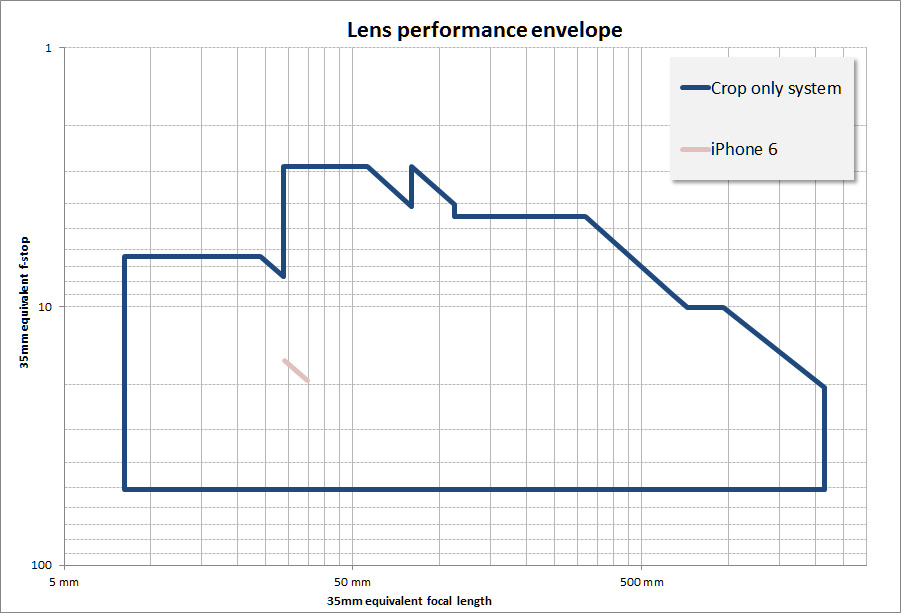Jerome Marot
Well-known member
Photons are discrete quantum elements of light. You cannot get less than one photon. As you subdivide the pixels to be smaller, you eventually come close to that limit.
So what does this mean in practice. One photon is really the same as no photons at all as it can’t be counted with enough certainty.Photons are discrete quantum elements of light. You cannot get less than one photon. As you subdivide the pixels to be smaller, you eventually come close to that limit.
So what does this mean in practice, Jerome? One photon is really the same as no photons at all, as that lone photon can’t be counted with enough certainty.
When we talk about “low light” photography, aren’t we talking about some minimum flux that could give say at least something like say 100 photons to enter each sensel well, as that would give a count of +/- 10% accuracy and the noise might be low enough to differentiate one pixel from another.
Having too many pixels in v low light defeats out wish to count accurately and discriminate edges.
Asher
When we talk about “low light” photography, aren’t we talking about some minimum flux that could give say at least something like say 100 photons to enter each sensel well, as that would give a count of +/- 10% accuracy and the noise might be low enough to differentiate one pixel from another.
You are probably meaning this: https://engineering.dartmouth.edu/news/dartmouth-engineers-produce-breakthrough-imaging-sensorOne photon per pixel maximum is exactly the goal of the sensors gigajot is working on. This is pretty much the ideal imaging solution, which is why they're working on it.

